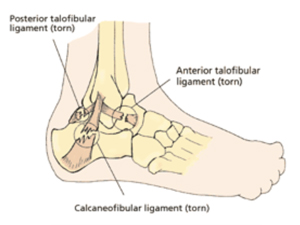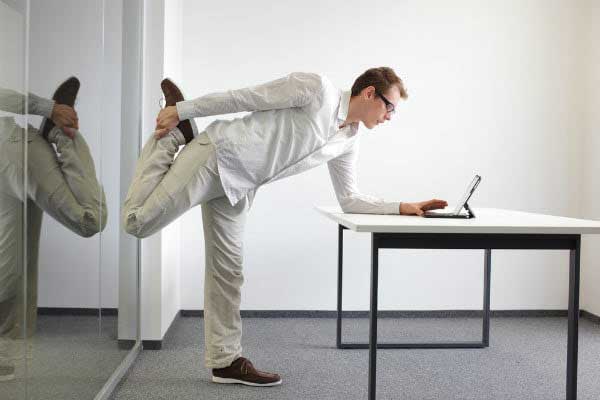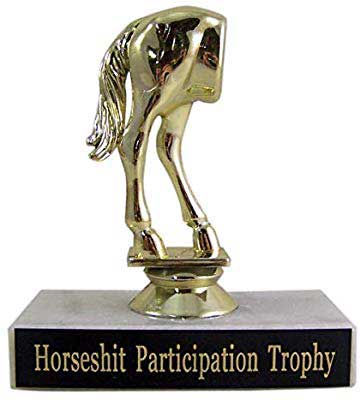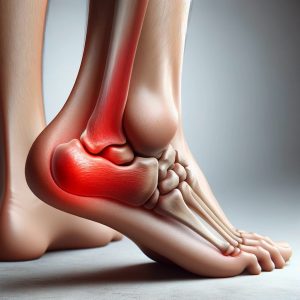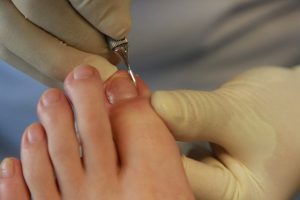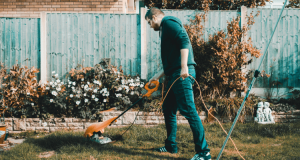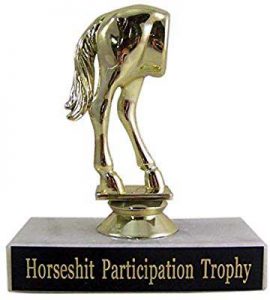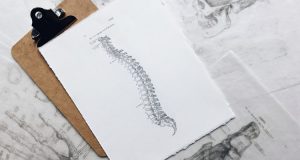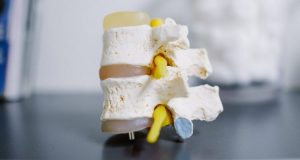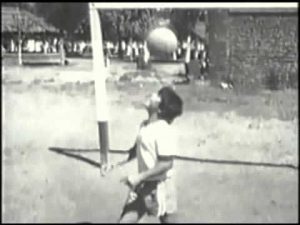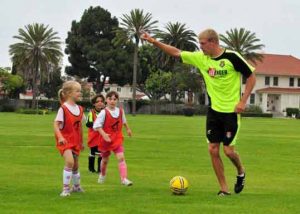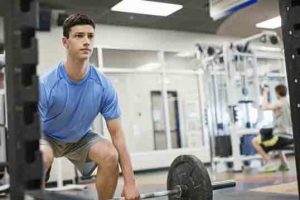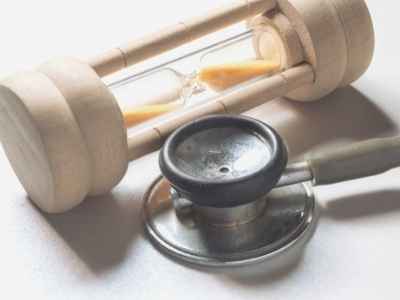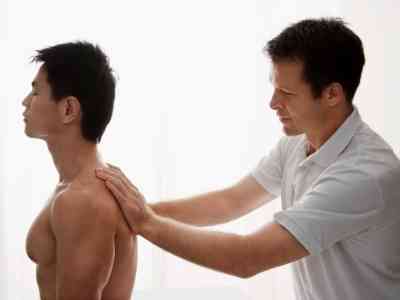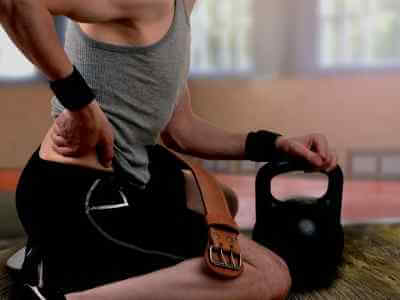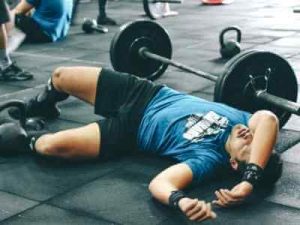An ankle sprain, or ligament injury, causes a stretch or tear of one or more ligaments in the ankle joint. Ligaments are strong bands of tissue that connect bones at the joint.
What is an ankle ligament injury?
There are many ligaments in the ankle. The most common type of sprain involves the ligaments on the outside part of the ankle (lateral ankle sprain). Ligaments on the inside of the ankle may also be injured (medial ankle sprain) as well as ligaments that are high and in the middle of the ankle (high ankle sprains).
Ankle sprain grades
Sprains may be graded I, II, or III depending on their severity:
- Grade I sprain: pain with minimal damage to the ligaments
- Grade II sprain: more ligament damage and mild looseness of the joint
- Grade III sprain: complete tearing of the ligament and the joint is very loose or unstable
Sometimes sprains are just classified as mild or severe, depending on the amount of ligament damage.
How do ankle sprains happen
A sprain is caused by twisting your ankle. Your foot usually turns in or under but may turn to the outside. This causes you to roll over your ankle and damaged ligaments.
What are the symptoms of a sprained ankle?
Symptoms of a sprained ankle include:
- mild aching to sudden pain
- swelling
- discolouration
- inability to move the ankle properly
- pain in the ankle even when you are not putting any weight on it
How do are ankle sprains diagnosed?
To diagnose a sprained ankle, a practitioner will review how the injury occurred and consider your symptoms. He will examine your ankle carefully. X-rays may be taken of your ankle but are not always necessary to make a diagnosis.
How are ankle sprains treated?
Treatment may include:
- Applying ice packs to your ankle for the first 2 to 3 days to begin to reduce swelling. Taking anti-inflammatory and tissue repair support.
- Treatment can begin on the ankle to help improve blood flow and range of motion. You will be encouraged to begin putting weight on the ankle as soon as it’s tolerable.
- Doing ankle exercises to improve your ankle strength and range of motion. The exercises will help you return to your normal activity or sports.
- Rarely, severe ankle sprains with complete tearing of the ligaments need surgery. After surgery, your ankle will be in a cast for 4 to 8 weeks.
How long will the ankle sprain effects last?
The length of recovery depends on many factors such as your age, health, and if you have had a previous ankle injury. Recovery time also depends on the severity of the sprain. A mild ankle sprain may recover within a few weeks, whereas a severe ankle sprain may take 6 weeks or longer to recover. Recovery also depends on which ligaments were torn. A lateral sprain (outside ligaments) takes less time to recover than a medial sprain (inside ligaments) or a high ankle sprain (high, middle ligaments).
When can I return to my sport or activity?
The goal of rehabilitation is to return you to your sport or activity as soon as is safely possible. If you return too soon you may worsen your injury, which could lead to permanent damage. Everyone recovers from an injury at a different rate. Return to your sport or activity will be determined by how soon your ankle recovers, not by how many days or weeks it has been since your injury occurred. In general, the longer you have symptoms before you start treatment, the longer it will take to get better. Practitioners at the clinic are well trained and suited to guide you in the return to sport process.
How can I help prevent an ankle sprain?
To help prevent an ankle sprain, follow these guidelines:
- Wear proper, well-fitting shoes when you exercise
- Practice proper warm-up techniques pre-performance
- Strength training will help in maintaining strong ligaments and also rehabilitating weak ones

